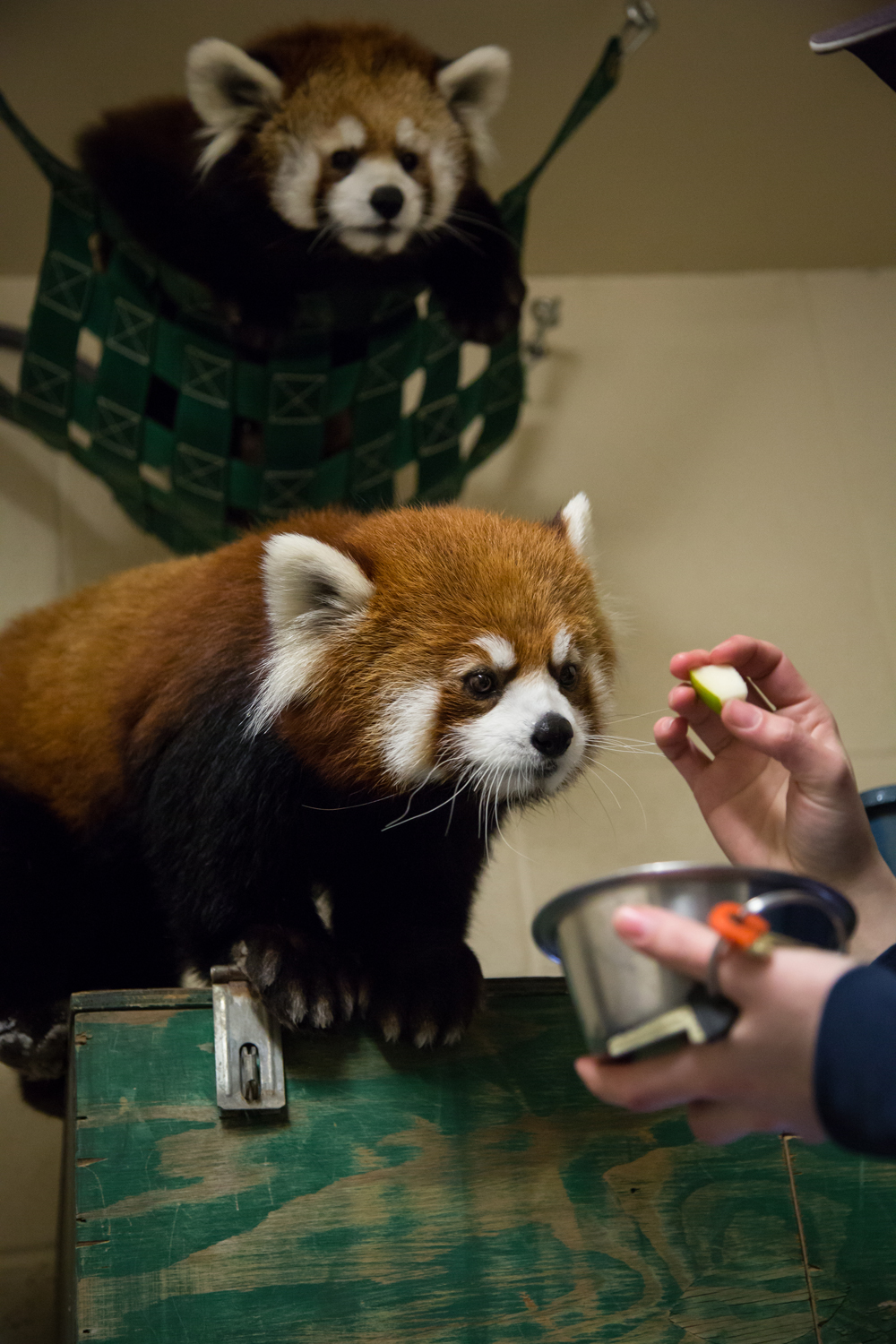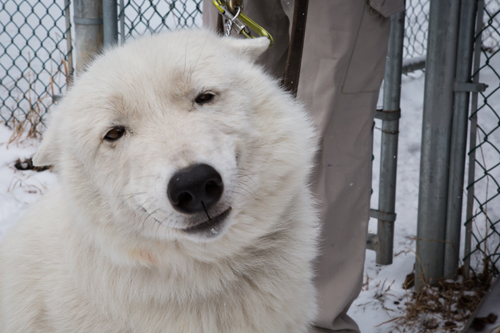October 8, 2015
ECF and the Valley Zoo Development Society work to revitalize the zoo, where the surroundings are as educational as the animals themselves
In the past, going to the Valley Zoo meant being surrounded not just by animals, but also by nursery rhyme characters. After entering the main gates you were transported to a fairy tale world, one that was created in 1959. With paint peeling, Humpty Dumpty sat on a wall, looking like he’d fallen from it a few too many times. And while the zoo served the city well for many years, the changes that have been made, starting in 2010, have pushed it to a whole other level, switching out nursery rhymes for natural habitats.
Thanks to the efforts of local charity, fundraisers and philanthropists, one of Edmonton’s oldest family-oriented landmarks is getting a major city makeover. Now, when you walk through the front gate – made from sediment from the river valley – you are in a zoo where the surroundings are no longer just a backdrop. Now, they’re closely matched to what animals would experience in the wild. Case in point: the Arctic Shores exhibit which replicates an Arctic shoreline. A salt-water marsh, which is filtered every half hour, in a space about 10 times the initial size of the seal enclosure.

Wandering through the zoo has changed as well. The new, more open pathway incorporates River Valley wildlife with public education and shelter. And there’s more to come.
Arctic Shores was the first project undertaken by the zoo, which along with the Wander Trail, makes up Phase I and II of the three-phase master plan the Valley Zoo brought to City Council in 2005. Phase III – Nature’s Wild Backyard – costs almost as much as the first two phases combined (35 of the total $78 million, with $50 million allocated by the city), and will complete the overhaul in 2016. Children will roam with lemurs, red pandas, prairie dogs and meerkats, in their natural, underground habitats, then head to the petting zoo and make-believe veterinary hospital, learning as they play.
The Valley Zoo Development Society, a registered charity and City of Edmonton partner, is committed to raising $9 million Phase III funds, a part of which comes from an Edmonton Community Foundation (ECF) endowment started by two of Edmonton’s most cherished philanthropists.
In 2002, John and Barbara Poole created a fund to support the Valley Zoo Development Society, one of countless ways the Pooles positively affected our community. “Here was a family with a broad range of interests who offered private support to not only maintain but improve the zoo, so that generations can enjoy what the zoo has to offer,” says Kathy Hawkesworth, Director, Donor Services at ECF. The fund passed the $100,000 mark in 2013 and has granted more than $20,000 over the years, all without restrictions.

“We think of the zoo as an essential part of a healthy community, like a recreation centre,” says Tammy Wiebe, Executive Director of the Society. The Valley Zoo is small (18 hectares compared to Calgary’s 30) for a zoo, but that doesn’t sap the Society’s ambition. “We’re a small organization trying to do big things,” Wiebe says, and thanks to both ECF and the Pooles, the Society will soon convert the comparatively quaint Valley Zoo.
Of course, a complete overhaul of such a space is no easy task, even aside from raising $9 million. “Construction at a zoo is different than anywhere else,” Wiebe says. “Anytime we move something, we have to relocate and provide new shelters. And the best time for construction is the summer, our busiest time.”
The zoo also follows the highest conservational standards – an expensive approach that goes beyond the animal habitats. the new “green” parking lot will absorb and direct rain run-off back into underlying soil instead of a storm drain. New buildings will have gardened roofs, recycled milk jugs make up all garbage receptacles and the water re!ll stations have already replaced over 2000 bottles during the zoo’s slow season. The habitats themselves include the Arctic Shore’s state-of-the-art filtration system and a natural wetland area in Nature’s Backyard, populated by local wild birds.
This is the environmentally conscious reality of a modern zoo, and Wiebe says they learn something new each year in terms of caring for the animals and minimizing environmental impact. But the focus is always on interaction and education. “We want to make more barrier-free viewings so people can see the animals and understand them in their natural environment,” says Wiebe. On the urban farm, zoo interpreters teach kids how to care for sheep and goats, the same as on Albertan farms. On top of day trips, local schools can spend a week teaching their curriculum at the Zoo School, in the new Edventure Lodge, which has four classrooms that exit into the zoo. they’re modern enough that we could rent them out for boardroom meetings,” says Wiebe, “but they’re classrooms for kids up to Grade 12.”
The educational aspect extends to everything from the Zoo School itself to the enclosures, where people of all ages will benefit from learning about not just the animals but their environments, as well. “I think it’s important we have a place to take our children and our grandchildren, and even us kids at heart, to build memories for the next generation,” says Wiebe. “Zoos are a wonderful place to do that.”